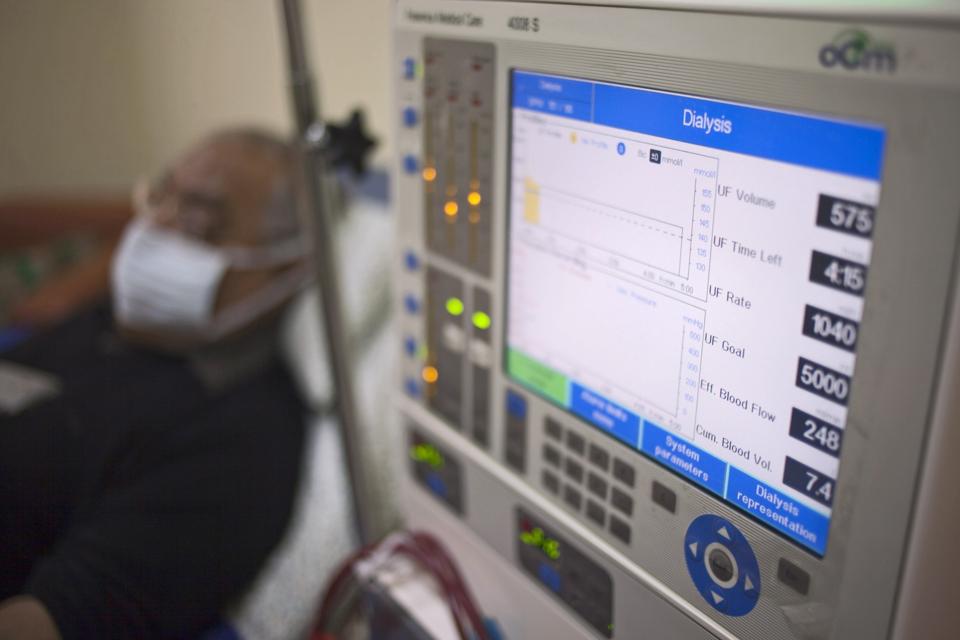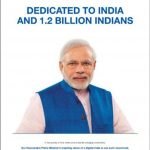

The advisory of the Delhi government brought to my mind the ‘firmaans’ that emperors used to issue to the people with “thou shall not…”. These ‘firmaans’ were obeyed as the emperors had absolute power that could also punish instances of deviation.Individual freedoms were also circumscribed at that time by the ‘greater good’ principle. The point that then arises is whether the Delhi government (or any other democratically elected government) has the absolute power to issue an advisory of how much to charge, on what and how.
Two related questions could be: whether there is any precedent of such an exercise of power and whether the private health care providers are justified in being miffed that their freedoms are being interfered with. Given the space constraint, a discourse on these politically charged arguments is not possible. This article focuses on two aspects — the limitations of regulatory power and the implications of not recognising them.
Is there a precedent?
The one country that comes closest to such a ‘firmaan’ dictated health policy is Japan. But then there is a context. Japan has a detailed schedule of rates on every component or item, not package rates as we have in India — that I call a quick fix approach. This price schedule is available to all citizens and all providers are expected to provide services only in accordance with it. Any deviation, by way of over billing or under servicing of care, is heavily penalized, including delicensing a provider. Since the government is the only purchaser of care, the providers have no options but obey.
The Delhi Government Advisory then falls short on two counts. One, it does not enjoy a monopoly power over the health care market; and two, it has, unlike in Japan, proposed these price caps, rates and guidelines based on the recommendations of a government appointed nine-member body. In Japan, on the other hand, every price is negotiated extensively with provider associations, and a consensus is reached subject to the overall budgetary ceiling imposed by the ministry of finance. Monitoring is severe and any price modifications are based on data of overuse or misuse of any item/procedure. It is no surprise that “capitalist” Japan, practices a “socialist” methodology to ensure the health and well being of their people – Japan’s public health spending is 20.28 per cent of total health spending of 10.23 per cent of GDP; 18.4 per cent is out of pocket; maternal mortality rate is 5 per 1 lakh live births, under 5 mortality is 2.7 per 1000 live births and longevity of life is 84.2.
Does this imply that a sovereign power cannot administer health prices? It can, but not arbitrarily since health costs are real costs and no provider can sustain losses. Consensus is, therefore, critical since defining price caps can be only partially feasible on some services, products and wherever government is the payer of services or owner of hospitals.
Pricing of health services is complex and difficult to enforce in the absence of laws and transparency. In the absence of these two conditions, two reactions can be expected. One, hospitals may shut down, relocate or deny services that come under this advisory. So, a serious patient whose probability of survival is suspect can be denied care or provided lesser care. With no death audit systems in place, this medical malpractice can go undetected. Second, the National Essential List of Medicines does not cover all the medicines used in a hospital. Besides, a patient has the right to deny a medicine prescribed by the doctor and instead opt to buy a substitute brand he trusts, quite on the informal advise of the doctor, giving rise to a system of shadow prescriptions. In other words, such advisories that are not based on consensus or have a buy in of the stakeholders, can be gamed. Unfortunately such stratagems will only deepen the already corrupt health system that is crying for reform.
Issuing advisories is easy. Governance and bringing in structural reforms backed by funding is difficult. Tamil Nadu, for example, has the Tamil Nadu Medical Services (TNMSC) that procures drugs for all government facilities at 20 per cent of market prices. Likewise, it offers diagnostics at a fraction of cost. This then puts pressure on the private sector to reduce prices. On the other hand, the absence of such a competitive environment in Andhra Pradesh explains the brazen extortion of patients by the private hospitals there. Secondly, private hospitals entail real costs. The land, ambience, personalized attention, IT systems and high end diagnostics — all require huge capital investment that is often procured at high interest rates form the market. Most have shareholders to explain their losses to. As it is, many of our best hospitals are selling out to foreign investors. Our foreign crazy elites are happy about such a development realizing little the impact it is likely to have on prices and the government’s ability to assure health and well being to its own people given the shoe string budgets we operate on.
The bottom line then is that the Delhi government is justified in attempting to cap prices to enable a common man access medical care without getting impoverished. But the methodology adopted is unlikely to succeed due to the complexity of the issues and the absence of an institutional reform agenda to enforce it without creating distortions that will only hurt the people the government is trying to protect. The sooner our politicians and policy makers get out of their illusory environment that shifting patches from one tear to another is a good substitute to hard nosed reform agenda, the better for the country in general and health sector in particular.
[“source=hindustantimes”]




